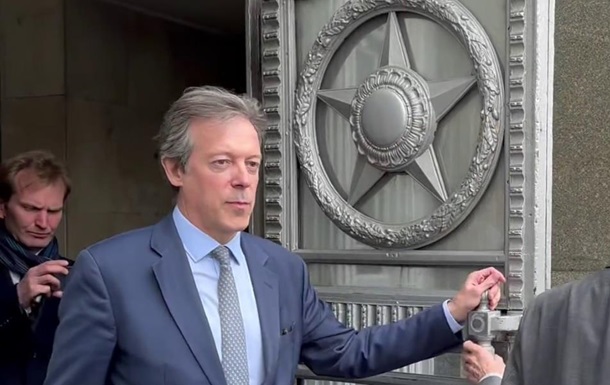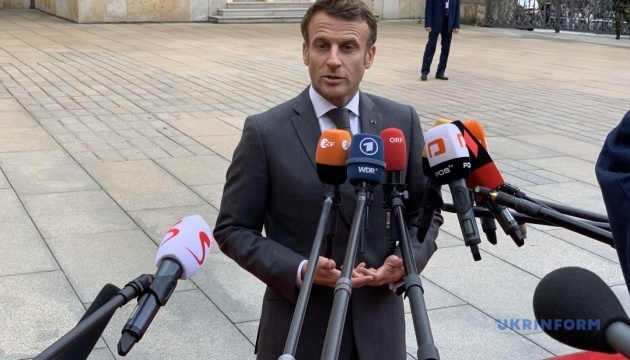Most often, we use the word "champagne" to refer to all sparkling wines, without paying attention to their origin and type. But if you have already resorted to the drink of the aristocrats, you should learn the alphabet of the gourmet!
A bit of history
Sparkling wine from the Champagne region received the right to be called "champagne". This happened in 1891, in accordance with the Madrid Agreement. A little earlier, local winemakers completely accidentally, like everything ingenious, invented the method of champagne sparkling wines, or "secondary fermentation". It was this method of natural fermentation that gave sparkling wines from Champagne a refined taste and rich aroma, a harmony of freshness and maturity. By that time, the tradition of drinking sparkling wine had taken root in aristocratic Europe. But the sophistication of champagne was immediately appreciated by the kings and the court aristocracy. Well, today, every Ukrainian can try real French champagne, because it can be ordered here for a very reasonable price https://napoli.ua/shampanskoe/cat443/s:1_strana-proizvoditel:franciya.
Technology and no fraud
You will probably be surprised to find out what delicious champagne it is made from a blend of white Chardonnay grapes and two red varieties - Pinot Noir and Pinot Meunier. It is the combination of the taste of these components that gives champagne its characteristic taste of elegance, quality and richness.
The second secret is, of course, the champagneization of sparkling wine, which is kept by all producers from Champagne. Only in this famous French region, the stage of secondary fermentation consists of at least 18 months from the bottling of the blended wine into special bottles made of thick glass.
Carbon dioxide, formed in the bottle, "dissolves" in the wine during fermentation. That's why we admire the small, fragile bubbles in the glass that appear out of nowhere and persist for 20 hours after opening the bottle.
Types of champagne:
Extra Brut – completely dry;
Brut – very dry;
Sec – barely sweet;
Demisec - sweet;
Doux is very sweet.
The good news is that quality sparkling wine is also produced outside of Champagne. The traditional method of making sparkling wines - the wine is not made in Champagne. In addition, the duration of exposure during secondary fermentation is flexibly regulated by the manufacturer. So, according to the country of origin of the drink, the sparkling wine label will indicate: in France – Cremant, in Spain – Cava, in Italy – Spumante, in Germany – Sect, in South Africa – Cap Classique.
But there is so-called know-how in making sparkling wines. One of the most famous is the tank fermentation method, which was started by Soviet technologists. Moreover, they boldly called their creation "champagne", although, of course, it had nothing to do with the famous region. And to this day, the so-called "Soviet" sparkling wine undergoes a fermentation stage in a sealed steel tank for one to two months. Thus, of course, it does not allow you to get either a deep aroma, a rich taste, or playfulness of bubbles. But the method makes it possible to increase the volume of production of sparkling wine in a geometric progression and make it a fairly democratic drink with a low cost.
Apparently, not everyone knows that the Soviet method of modernizing the production of sparkling wines is successfully used outside the former Soviet Union. True, under the second name - "charmat":
the tank method is successfully used in Europe for the production of light sparkling wines with a short period of secondary fermentation. The most famous sparkling wine made by the tank method is Italian dry Prosecco (from the Glera grape variety). This method also makes sweet Asti (from muscat grape varieties) in Italy, Sekt in Germany, and Mousseux in France. Also, manufacturers from the New World - Argentina and Chile, even from Australia - are betting on mass production.
Consumer culture
In addition to choosing champagne, it is important to serve it correctly so that it retains its freshness and aroma as much as possible. Both classic elongated flute glasses and refined extended tulip glasses are good for serving.
If you have chosen the right champagne, you should not feel bright fruity notes in it, but there should be a bouquet of aromas from fresh bread, nuts, chocolate, biscuits and the like. And with age, both the taste and the aroma become even richer and deeper.
However, champagne with oysters remains a classic.
Have a playful mood and an exquisite New Year!
5 tips
Correct label.
Champagne must be written on it, as well as the manufacturer's registration number. Pay attention to the place of origin of the grapes - the closer it is to the producer of the drink, the lower the probability of a fake or low-quality product.
The intensity of the cork shot.
The more corks fly out of the bottle, the worse your sparkling wine will be. After all, in fact, high-quality champagne is delicate and trained in good aristocratic manners: it should behave quietly.
The size of the bubbles.
It is they who can expose a low-quality drink first. There is quite a lot of evidence that sparkling wine was made by the tank method or even artificially saturated with carbon - by the saturation method. On the other hand, natural fermentation provides uniform, small, refined bubbles. Evaluate the drink in the glass after a few minutes.
The right glass.
Flute glasses are traditional, but the aroma of champagne is best revealed in a tulip.
Games of bubbles in a glass.
The greater the endurance of the wine, the longer the bubbles will delight you. The norm for real champagne is 20 hours after opening the bottle.


 267
267









